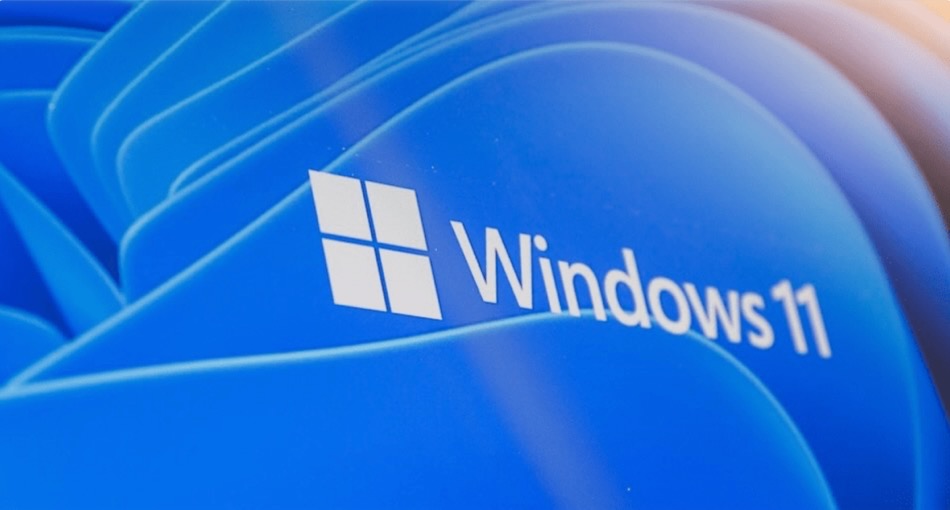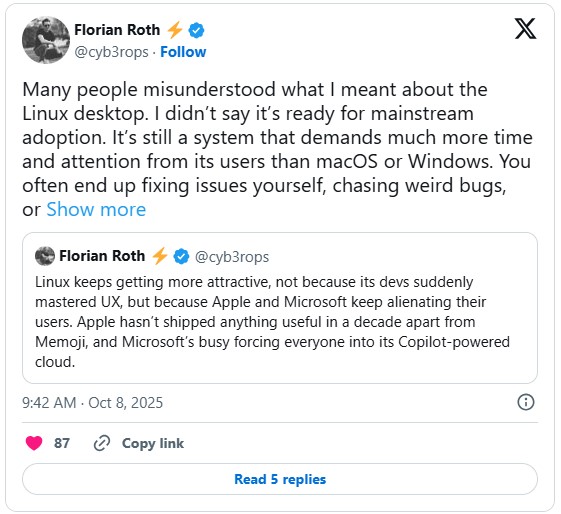
Microsoft has eliminated the remaining methods for creating a local-only user account during Windows 11 setup, effectively mandating internet access and a Microsoft account for all new installations going forward.
The change was introduced in Windows 11 Insider Preview Build 26120.6772, released to the Beta Channel earlier this week. The announcement confirms that known “local-only” setup mechanisms have now been disabled as part of Microsoft's ongoing efforts to unify the Out-of-Box Experience (OOBE) across devices.
Microsoft already requires a Microsoft account and an internet connection on Windows 11 Home editions. Pro users could previously bypass this with some effort, but the latest changes signal that Microsoft is standardizing the online-only setup across all consumer-facing SKUs (stock-keeping units).
Previously, savvy users could bypass online account requirements during OOBE using undocumented commands like bypassnro or start ms-cxh:localonly, or by disabling network access during setup. These tricks allowed the creation of traditional local accounts without internet or cloud sign-in. Microsoft now confirms that such bypasses have been removed to prevent users from skipping “critical setup screens.”
The move effectively ends offline installations of Windows 11 Home and Pro editions using native tools. Microsoft argues that users who avoid signing in with a Microsoft account risk leaving their device misconfigured or missing key setup components. We see the decision as being more about consolidating user data under cloud-based services like Microsoft 365 and Copilot.
In the same build, the company introduced expanded support for peripheral biometric authentication and new AI-based Copilot features. At the same time, it removed the ability to initiate setup without connecting to the internet or creating a cloud-linked user profile.
Linux’s moment to shine
Security researcher Florian Roth remarked on X that Microsoft is “slowly digging its own grave” by increasingly forcing users into cloud-tied systems. He noted that Linux is becoming more attractive “not because its devs suddenly mastered UX, but because Apple and Microsoft keep alienating their users.” Roth further explained that Linux is now the only OS that does not use telemetry, gives users full control over their data and privacy settings, and comes with no bloatware.

With Windows 10 support officially ending on October 14, 2025, many users outside the EU now face a forced migration to a version of Windows that no longer allows offline or local setup.
For those unwilling to trade privacy for convenience, a number of Linux distributions offer compelling, privacy-first alternatives to Windows 11, without telemetry, forced cloud accounts, or locked-down installers. Here are six notable options:
- Qubes OS – Advanced security via VM isolation; ideal for journalists, researchers.
- Tails – Officially part of Tor, designed for anonymity and no-trace usage, runs entirely from USB.
- Whonix – Uses Tor by default, protects IP even under system compromise.
- PureOS – FSF-endorsed OS with no telemetry, privacy without sacrificing usability.
- Kodachi – Preconfigured VPN + Tor routing, secure messaging tools included.
- Heads OS – Built from reproducible, auditable code, minimal, and tamper-resistant.
Each option offers a different balance of usability, privacy, and control, and none require an internet connection or cloud login to start using the system.
While Microsoft’s decision may simplify its product ecosystem and improve integration for mainstream users, it reduces autonomy for those who value local control and privacy. For these users, Linux offers an increasingly viable path forward.







Install an older build.
they been saying this for 2 years not, just in the preview build , does not mean they will release it any time soon